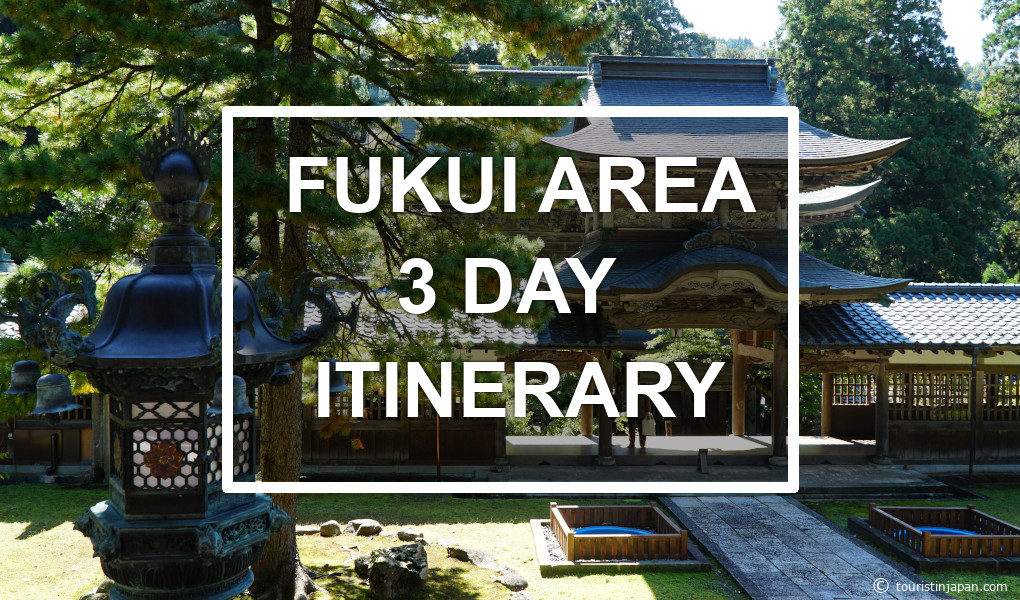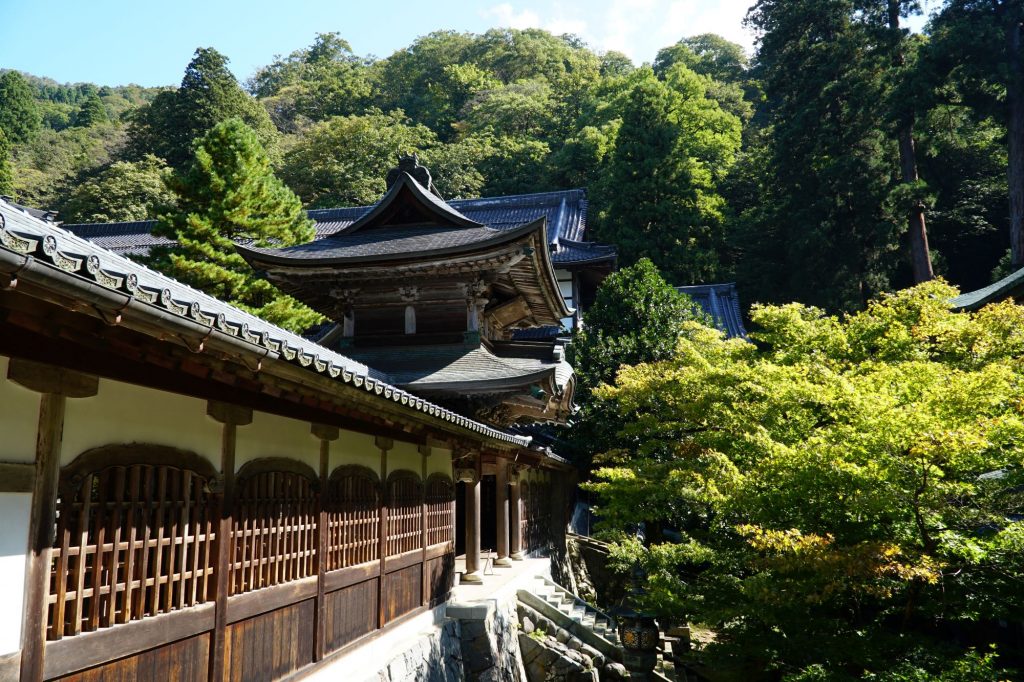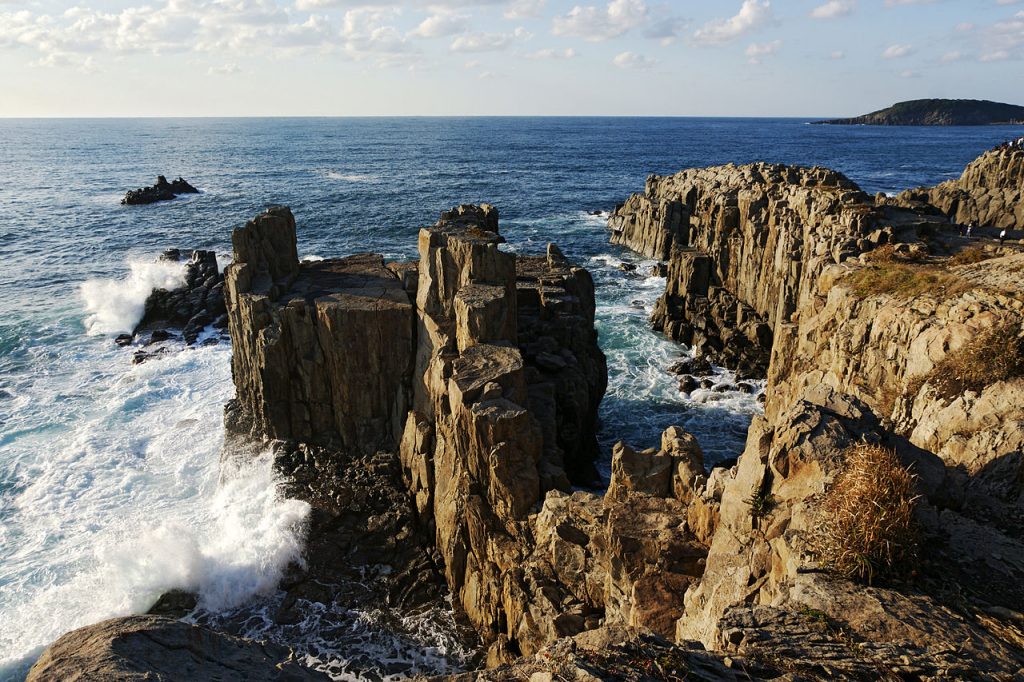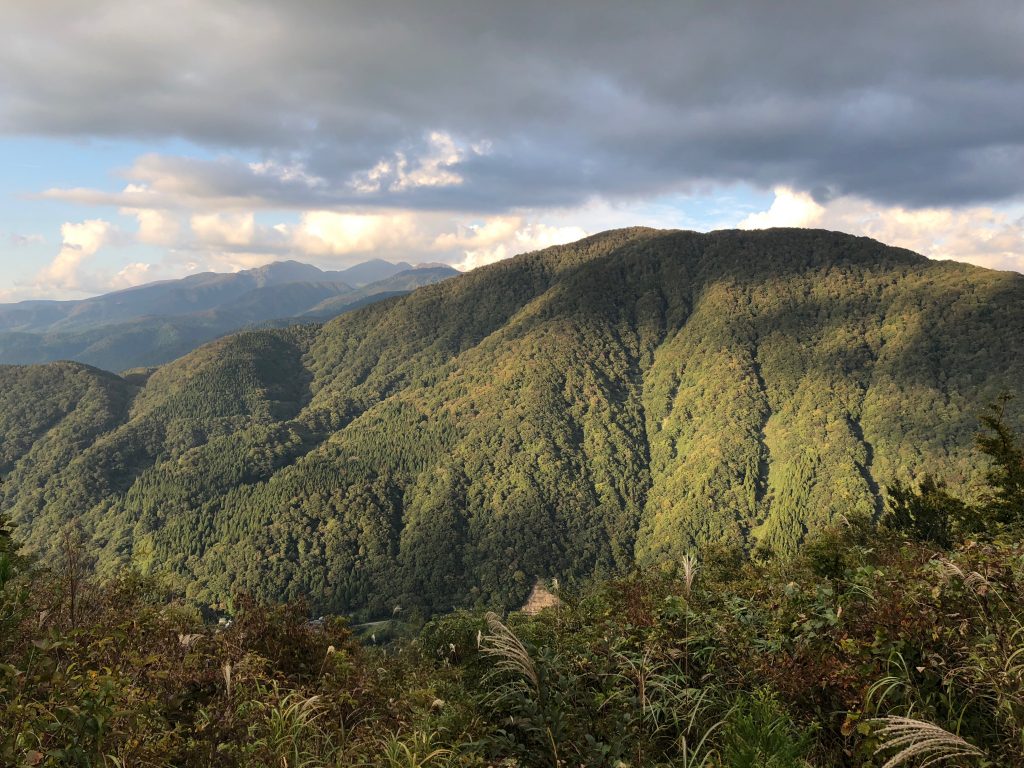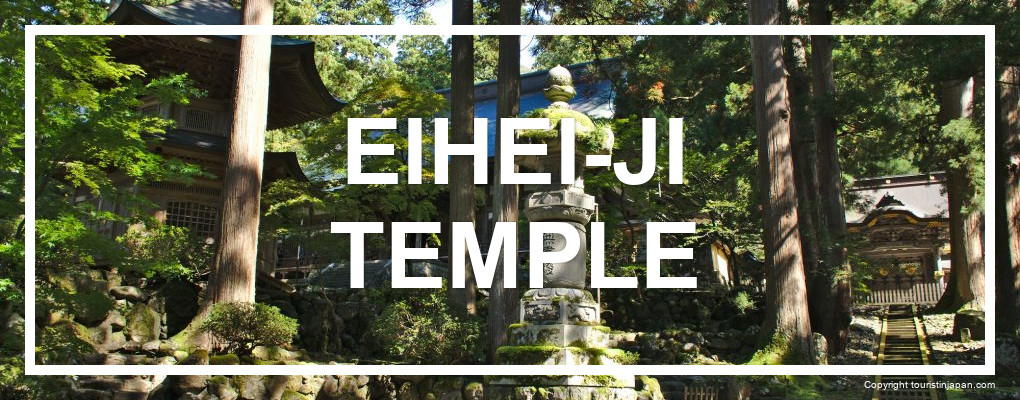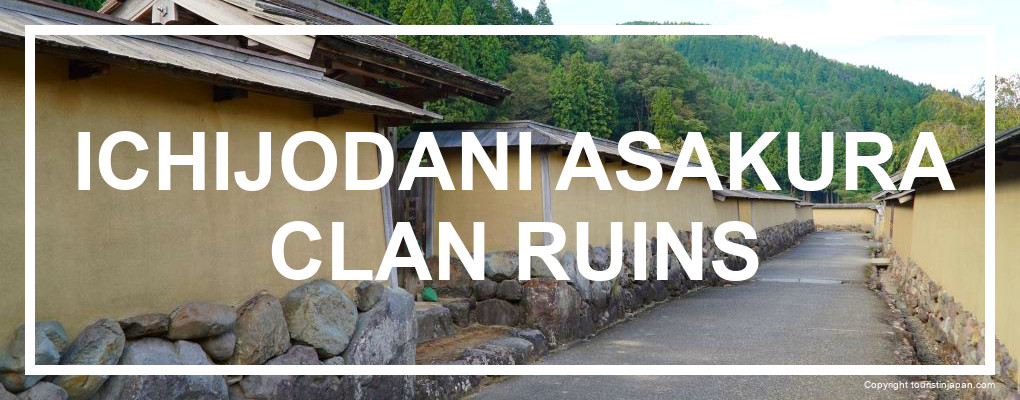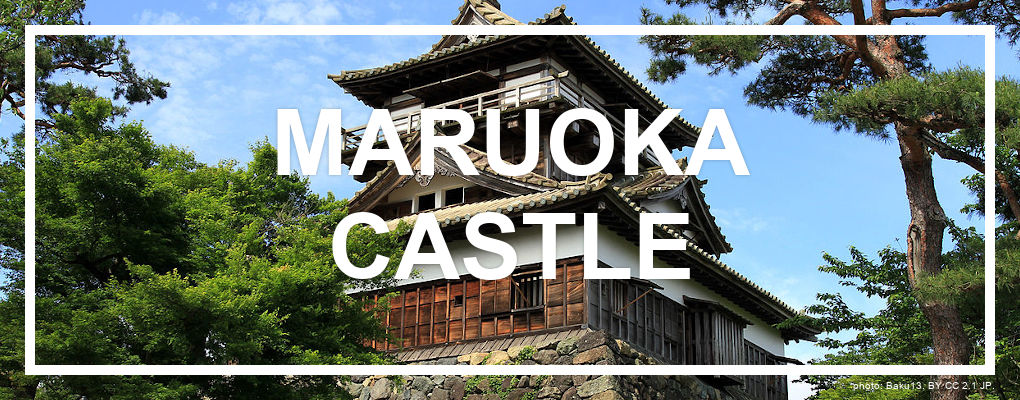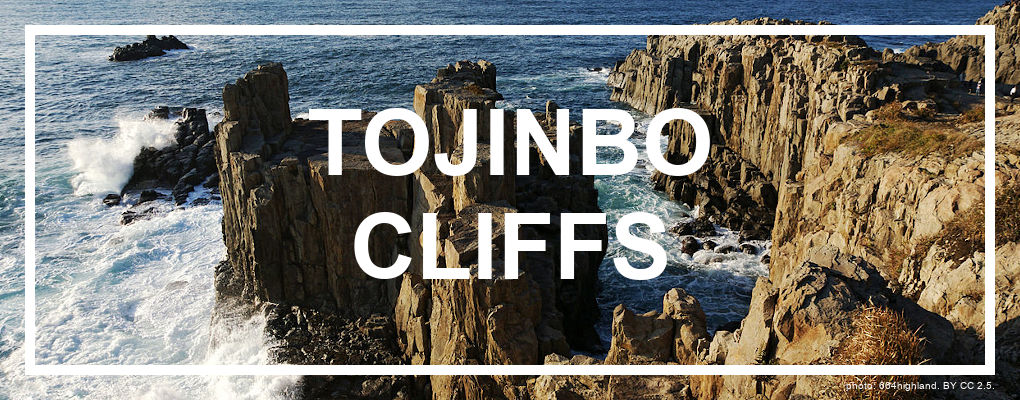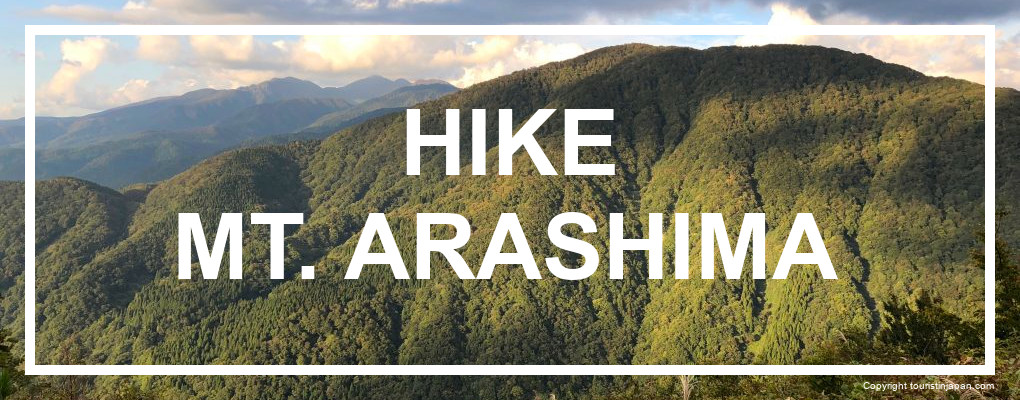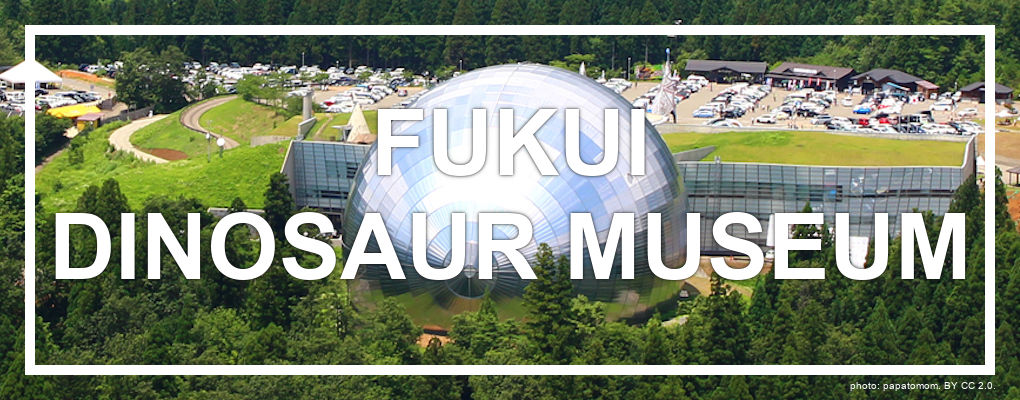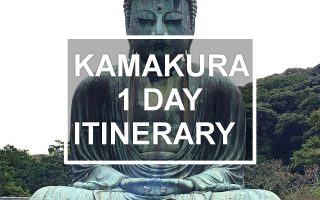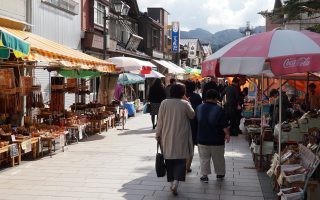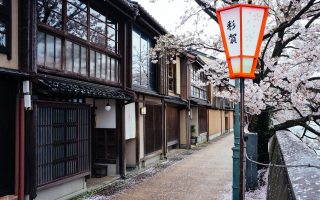Fukui Prefecture is one of the 5 smallest of Japan’s 47 prefectures, when ranked by population. It is a prefecture which is often overlooked by tourists, but actually there are some really interesting experiences to be had in this rural prefecture. This itinerary is suitable for a 3-day trip to Fukui Prefecture. Check out the 1-day and 2-day itineraries if you are short on time. A trip to Fukui can easily be made as a side excursion from Kanzawa, but staying in Fukui City is recommended if you plan on doing all three days. Suggestions for hotels etc. can be found at the bottom for this article.
Hotels in Fukui Hokuriku Arch Train Pass
This itinerary contains some of the best experiences you can have in the Fukui Prefecture. It is packed with memorable history and nature experiences. On the third day of the itinerary there are two options for you to choose between.
3-day itinerary Fukui Area
Day 1 – History
The first day will start off with the ancient, and magical feeling Eihei-ji temple in the deep forests of Fukui. You get to explore this huge temple, and it’s labyrinth of covered wooden walkways. When you are done exploring, get some lunch at one of the towns noodle shops before catching the bus to Ichijōdani Asakura Clan Historic Ruins. Here you can explore the remains of a once big and important city, which was completely destroyed and forgotten. On the hills surrounding the valley you will find some great view points where you can enjoy the beautiful scenery, before returning to Fukui city.
| 10:00 | Depart from Fukui Station |
| 10:30 | Eihei-ji Temple |
| 14:00 | Ichijōdani Asakura Clan Historic Ruins |
| 16:30 | Return to Fukui Station |
Day 2 – Nature and History
On the second day you will travel north of Fukui city to experience the small and beautiful Maruoka Castle, which is one of only 12 castles in Japan where the main tower has survived the Meiji Restoration. They even claim it is the oldest one – a disputed statement. The next stop is Tojinbo Cliffs which is a magnificent cape jutting out from the coast. It is famous for it’s unique rock formations and for it’s legend of a ghost of a Buddhist priest haunting the place. It is a unique coastal landscape, which is worth exploring.
| 10:00 | Maruoka Castle |
| 13:00 | Tojinbo Cliffs |
Day 3 – Hiking or Dinosaurs
The third day comes with two options. You will only have time for one of them, so pick your favorite. The first option is a beautiful (but tough) hike up Mt. Arashima. The second option is to visit Fukui Prefectural Dinosaur Museum. Fukui is rich in both beautiful mountains and dinosaur fossils – so pick what you prefer, or what the weather permits. Be aware that the hike will take all day, especially due to infrequent train service. You can’t do both activities in one day.
| 10:30 – 18:00 | Hiking Mount Arashima or |
| 10:30 – 18:00 | Fukui Prefectural Dinosaur Museum |
Eihei-ji and Arashima photos © touristinjapan.com. Tojinbo photo by 663highland. CC BY 2.5.
Transport details
Planning your transport in advance is advantageous when you travel in more rural areas of Japan, like Fukui Prefecture. Below is a suggestion for transportation. Check the schedules before going, as some busses and trains are infrequent.
Day 1 Transport Details
| Fukui Station ⇨ Eihei-ji Temple | 30 minutes, ¥750. See schedule. From: Fukui Station East Gate To: Eiheiji |
| Eihei-ji Temple ⇨ Ichijōdani Asakura Ruins | 20 minutes, ¥540. infrequent. Seasonal from Apr-Nov. From: Eiheiji (stop near confectionary shop on the edge of town) To: Fukugen-Machi-Nami |
| Ichijōdani Asakura Ruins ⇨ Fukui Station | 30 minutes, ¥680. From: Fukugen-Machi-Nami To: Fukui Station |
Prices may change, so bring enough cash.
Day 2 Transport Details
| Fukui Station ⇨ Maruoka Station | From: Fukui Station To: Maruoka Station Covered by JR Pass. |
| Maruoka Station ⇨ Maruoka Bus Terminal | 13 minutes, ¥210, infrequent! From: Maruoka Station To: Maruoka Bus Terminal Keifuku Bus schedules. |
| Maruoka Bus Terminal ⇨ Maruoka Castle | Show on map |
Maruoka Castle ⇨ Tojinbo | Get off at “Tojinbo” From: Maruoka Castle Bus Stop To: Tojinbo Bus Stop note: bus 84 goes in the opposite direction. Keifuku Bus schedules. |
| Tojinbo ⇨ Mikuni Minato Station | From: Tojinbo Bus Stop To: Mikuniminato Station |
| Mikuni Minato Station ⇨ Fukui Station | 52min, ¥770. From: Mikuniminato Station To: Fukui Station Not covered by JR Pass. |
Day 3 Transport Details
Transport: Mount Arashima Hiking
| Fukui Station ⇨ Kadohara Station | Train departs as little as 3-4 times per day. Check the schedule in advance! From: Fukui Station To: Kadohara Station |
| Kadohara Station ⇨ Fukui Station | Train departs as little as 3-4 times per day. Check the schedule in advance so you don’t miss the last train. From: Kadohara Station To: Fukui Station |
The JR Kuzuryuko Line is covered by the Japan Rail Pass.
Transport: Fukui Prefectural Dinosaur Museum
| Fukui Station ⇨ Katsuyama Station | direction Katsuyama, 1 hour, ¥770 From: Fukui Station To: Katsuyama Station |
| Katsuyama Station ⇨ Fukui Dinosaur Museum | Either taxi or community bus leaving from Katsuyama Station. See the community bus schedule. |
Details of itinerary
Day 1 details
Eihei-ji TempleEihei-ji is an ancient Sōtō Zen temple, located in the wooded hills outside Fukui City. The temple, which was founded in 1244 by Dōgen, is made up by 70 buildings and structures. Eihei-ji’s buildings are located at different heights up along the hill, and many of them are interconnected with covered wooden walkways, making the temple grounds feel like a magical labyrinth of ancient structures just begging to be explored. From the highest located buildings there are amazing views over the woods and the temple complex. Entrance fee: ¥500 |
Ichijōdani Asakura Clan Historic RuinsIchijōdani Asakura Clan Historic Ruins are the remains of the once big and prosperous Ichijōdani castle town. The town, which was once populated by as much as 10’000 people, was completely destroyed during the 1573 Siege of Ichijōdani Castle. Today, a 200 meter stretch of the ruins have been reconstructed with walls and furnished houses. With a ticket it is possible to enter the reconstructed area and get a feeling for how the town would have been in the 1500’s. You might even run into some actors, dressed in typical clothes of the period. The surrounding area contains a large number of ruins, including those of some Japanese gardens. The Ichijōdani ruins have been designated a Special Historic Site and the garden remains are, as a group, categorized as Special Places of Scenic Beauty by the government. Entrance fee: ¥220 |
Day 2 details
Maruoka CastleMaruoka castle is a small, yet very interesting Japanese Castle. It is one of only twelve castles which survived the Meiji restoration in the last half of the 1800’s. Therefore the castle is unique in that it is mostly original in it’s appearance and construction. The interior is old and narrow, and you must be comfortable with steep stairs to climb to the top. From the top however, there is a great view over the area. The surrounding park is popular for cherry blossom viewing during spring. There is also a small museum displaying artifacts related the castle. Entrance fee: ¥450 |
Tojinbo CliffsTojinbo Cliffs is an approximately 1km (.8mi) stretch of rocky coastline located north-west of Fukui City. The cliffs rise about 30m above the ocean and are famous for their strange hexagonal shapes which were formed more than 12 million years ago. Legend has it that the ghost of a corrupt Buddhist priest from a nearby temple haunts the area around the cliffs. Despite the ghost stories associated with this place, it is a great place to enjoy the sunset and get some amazing nature photos. The nearby Tojinbo Tower offers a great birds-eye view of the area, but cannot replace a visit to the actual cliffs. Sightseeing boat tours are also available for a more unique perspective on mysterious looking rocky shore. |
Day 3 details
Mount Arashima HikingMt. Arashima is listed as on one of the 100 best mountains (Hyakumeizan) in Japan. Located in i a very rural area of Fukui Prefecture it is not one of the most easily accessible mountains for hiking. However that makes it even more special, as you will only meet the odd hiker on the trails. This hike is fairly tough, but if you are used to hiking then you are in for a treat. While Mount Arashima is located a bit far from everything, it is indeed possible to get there without a car (however it would be more convenient with a car). The JR Etsumihoku Line runs from Fukui (the city) up through the valley and makes stops a a bunch of smaller stations. Kadohara is the most convenient station to access Mt. Arashima. Be warned, the train leaves approximately 4 times a day with 3-4 hour intervals, so if you intend to do the complete hike you must be really efficient and in good shape unless you intend to spend the night at the station. A car is really recommended for this hike, but it is doable without if you are well prepared. Lenght: 13km / 8mi round trip |
Fukui Prefectural Dinosaur MuseumThe Prefectural Dinosaur Museum in Fukui is one of the best and most recognized paleontological museums in east Asia. It is located in an area sometimes refered to as “Dinosaur valley” due to the large number of dinosaur fossils which have been found here. The museum has a research site at the nearby “Dinosaur Quarry”. It is possible to reserve a tour to the research site via the museums homepage or from the reservation office in front of the museum. The tour includes a chance to see where the fossils are being dug out, see real fossils and even get a crash-course fossil excavation! Tours are available from late April to early November (see museum website). |
Planning your stay in Fukui
Hotels and accommodation
Tours, tickets and experiences
Fukui Prefecture and the neighbouring prefectures are full of amazing experiences, especially related to nature, culture and history. Adding a couple of experiences or tours could enhance your experience further and let you dive deeper into the local culture of the Chubu region. Below is a selection of tours, itineraries and experiences which you may find interesting.
- Food class: learn to make traditional Kamaboko (fish cake)
- Hike near Fukui: Mt. Arashima
- Kanazawa: 1-day, 2-day itinerary
- Noto Peninsula: 2-day itinerary
- Kyoto: 1-day, 2-day, 3-day itinerary
Internet on the go
Having an internet connection can help you a great deal when navigating the streets of a new city. Booking Pocket Wi-Fi or getting a Japanese SIM-card for your phone can be a great way to help yourself out of a tricky situation or help you get the most out of your day.
Transport in Fukui
Fukui city has a convenient tram system for transport inside the urban area, as well as an extensive bus network. Additionally the Echizen Railway and the JR Kuzuryu Lines serve the suburbs and neighbouring cities.
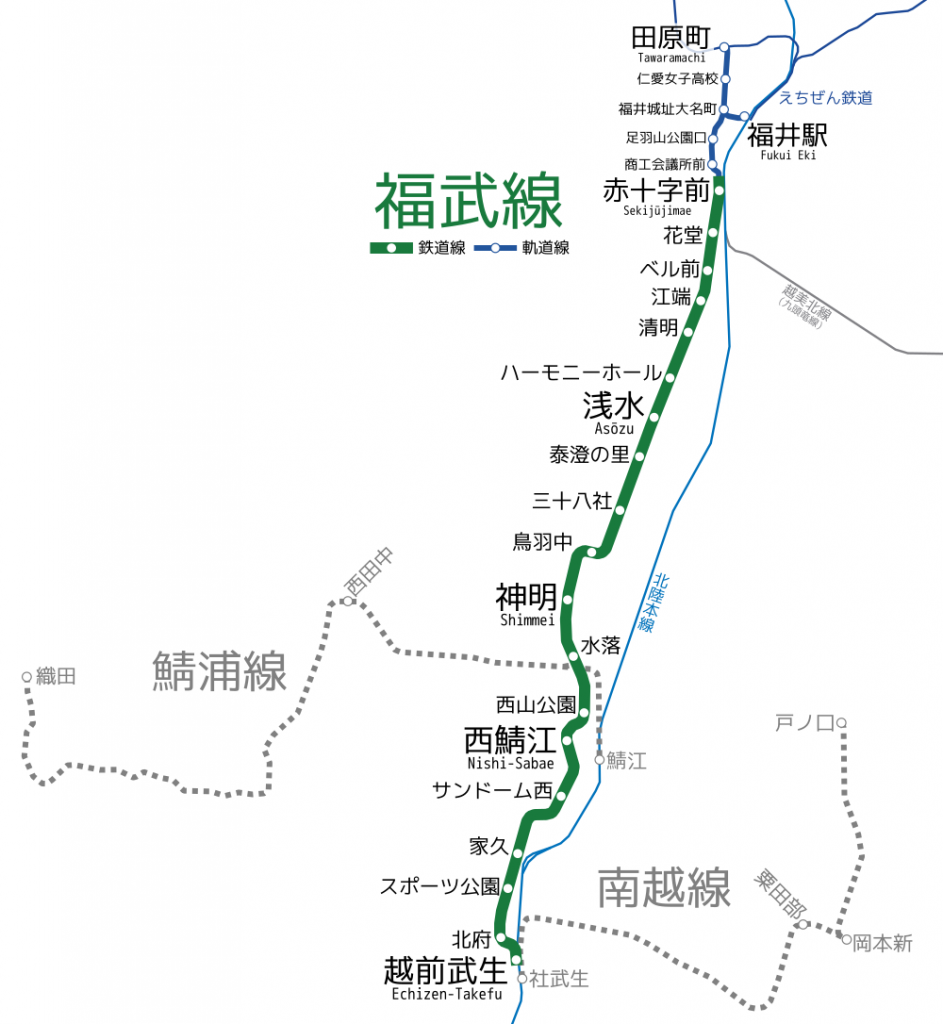
Getting to Fukui City
By train
Fukui is located on the JR Hokuriku line, between Kyoto and Kanzawa.
From Kanzawa you can take the JR Thunderbird (~50min), JR Shirasagi (~50min) or JR Hokuriku (90min) lines to Fukui. All the above connections are covered by the Japan Rail Pass.
From Kyoto you can take the JR Thunderbird line (~90min) or take the Tokaido/Sanyo Shinkansen to Maibara Station and change to the JR Shirasagi line (~110min). All the above connections are covered by the Japan Rail Pass.
By air
Fukui Airport (FKJ) is a small airport mostly used for private flights. Instead, you can you the nearby Komatsu Airport (KMQ). Komatsu Airport has connection to Tokyo, Sapporo, Sendai, Fukuoka, Naha, Seoul, Shanghai, Taipei and Hong Kong.
Busses operate between Komatsu Airport and Fukui Station (60min). Alternatively, take the train (Echizentetsudo-Mikuni-Awara Line, 25min) from Nishiharue Heartopia Station to Fukui Station. The distance between the airport and Nishiharue Heartopia Station is 1.6km and can be walked in 20 minutes. Alternatively take a taxi.

